The Real Ex-Pats: Old Cars in Lima, Peru
My first vehicle was a 1976 AMC Pacer. (Please try to control your jealousy.)
Because the seat did not adjust properly, I needed to sit on a large pillow to see over the steering wheel (I am short). Because the breaks were not the strongest in the world, I had to stand on the brake pedal with both feet (with so much force that it lifted me off the seat) in order to stop the vehicle. That vehicle was not with me long, because, as I politely informed my mother, if I was going to die prematurely young, I hoped it would be from something slightly more creative than “death by shitty car.”
So the Pacer was sold off, and I got myself a Hyundai Excel. The brakes worked and I could see over the steering wheel, which I suppose was better, but damn it, was it dull. And so bourgeoisie.
I quietly wished to have the Pacer back, to rock out in it while eating licorice and listening to Queen, but I said not a word. I wasn’t that ungrateful a kid. Besides, all the money that had gone into those cars was my own, and I was now broke. When I effectively destroyed the Hyundai (rear-ending someone in Seattle traffic), I cried. I cried for a car I didn’t really want.
My family is known for buying clunkers. Because the defrost never worked on any of our vehicles, we’d boil a pot of water on chilly winter mornings and toss it on the windshield to melt the frost that had accumulated there overnight. I learned to drive on an old Volvo that wouldn’t park (like, the actually gear of park would not work, so we had to rest it against light poles or whatever was handy so it wouldn’t roll away). When I was in elementary school, my mother briefly drove a white station wagon with rust spots in the floor that were so large, you could see through them to road underneath. On the wagon’s hood my brother spelled out in silver duct tape, rather inexplicably, “WHO’S YO DADDY?”.
I’d watch my teachers squint as they read the hood of the car whenever my mother drove me to or from school. The look of confusion on their faces was delightful. It’s the sort of magic only an awful car can provide you.
My family tried to bring me into that world of exciting, exhaust-scented unpredictability with that dear Pacer, but in my youthful ignorance, I wanted nothing to do with it. I rebelled by opting for boring, dependable cars. They had short names that sound like (or actually were) computer programs. Excel. Neon. Spectra. They’ve been good to me, those cars, they really have. My KIA almost always starts on cue, has electric windows and a CD player. It’s literally everything I’ve ever wanted from a vehicle.
But when I see a clunker drive past? When I see a group of friends pushing a vehicle down the street to get it started, and running alongside it before managing to hop in? I get sentimental. I think of my family. And I smile.
It’s one of the things I loved about Peru. Everywhere we went, we saw old, broken down vehicles. We piled into cabs that were a battle ground of odors: stale leather, gasoline fumes, and the faintest whiff of a pine tree air freshener that had been hung in hopes of combating all of it. Some people might regard these vehicles as an indication of the country’s poverty. But my view of them is much more favorable: they are the embodiment of not being wasteful. These vehicles are the opposite of a consumer culture, the antithesis of keeping up with the Joneses. Every dent is a memory, every scratch is story. These automobiles may be old, but they are loved.
–
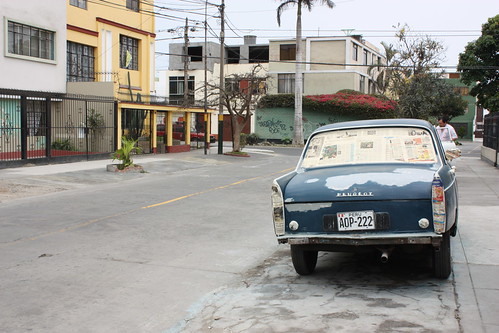
I like the newspaper window-tinting.
–
These are the cars that I grew up with. Cars with silly, strange names from far-away lands. Volkswagen. Peugeot. Datsun. They the original expats, retired and lounging in the warmth of the South American sun.
–
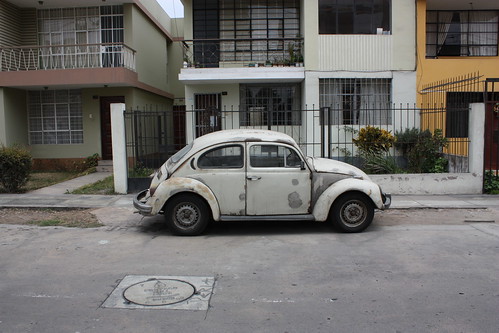
For years I wondered why our cars were always partially grey. (Answer: it was Bondo.)
–
These are the vehicles my family crowded around in chilly garages, replacing pieces with other ones they had purchased at the junk yard. These are the cars of my youth, long since sold for parts. On the streets of Lima, I saw them again.
–
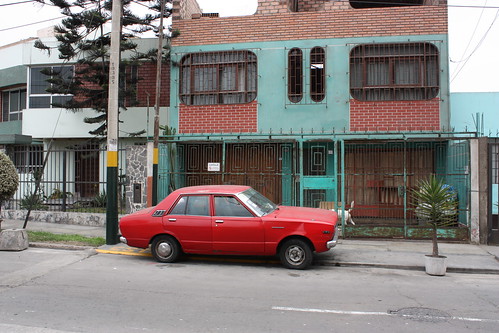
I am 90% sure my mother actually owned this car.
–
They are everything a good friend is not: dirty, unreliable, and constantly wasting your time and money. My KIA, which I found patiently waiting for me in the garage back home, is none of those things. It is a good car. One I can’t complain about.
And yet, some days I still find myself thinking about that Pacer. I almost wish I still had it. Equipped with some new brakes, of course. And, since I’m dreaming here, a CD player and a licorice dispenser, too.
–

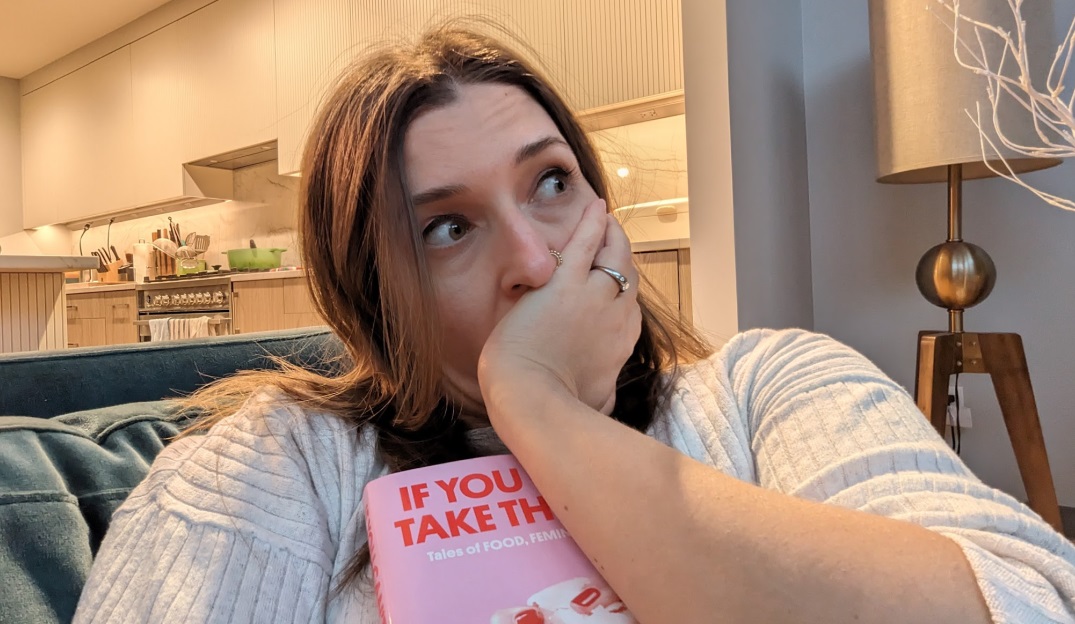

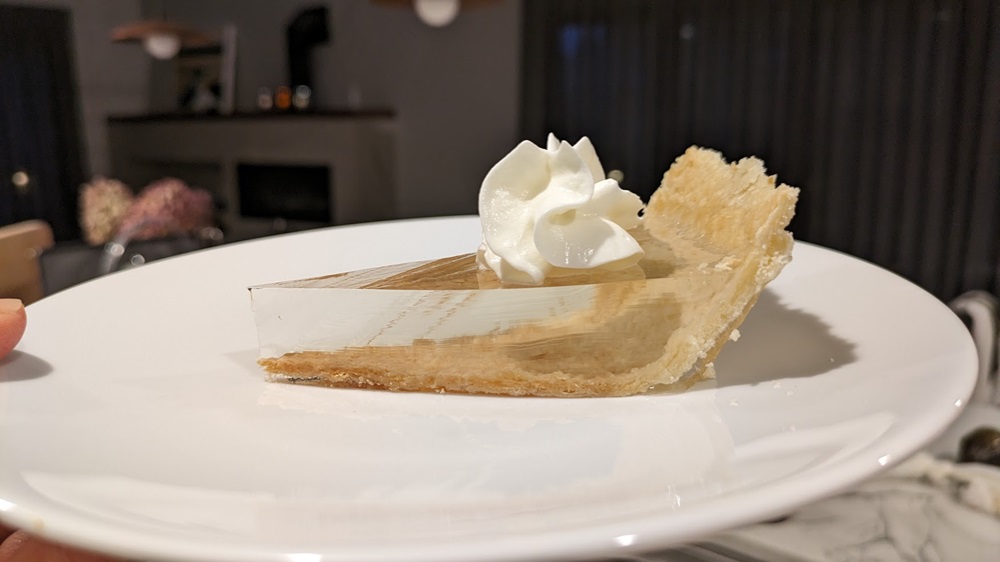

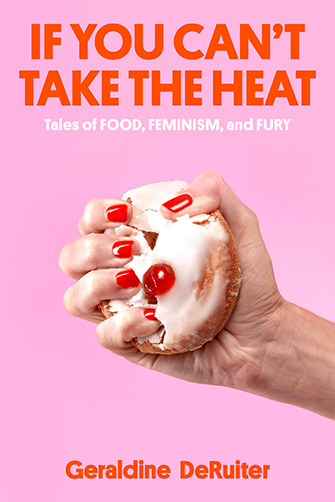



Leave a Comment